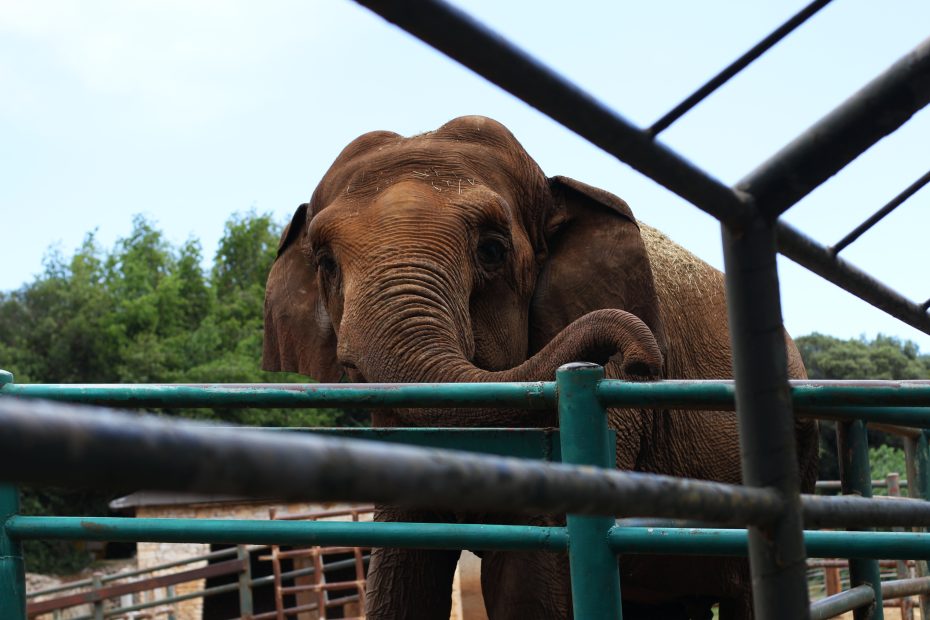Table of Contents
Introduction
The Serengeti is one of the most famous national parks in the world. Known for its abundant wildlife, vast open plains, and annual Great Migration, it offers an iconic African safari experience. If you love wildlife and nature, a visit to the Serengeti should be at the top of your bucket list. Let’s explore why this national park is so famous and what you can expect from a wildlife safari there. Get ready for the adventure of a lifetime!
Location and Geography
The Serengeti National Park is located in northern Tanzania, bordering Kenya. In the Maasai language, “serengeti” means “endless plains,” which perfectly describes the landscape. The park encompasses 5,700 square miles of savanna grassland, woodlands, hills, and valleys. Its diverse ecosystems provide habitats for a wide range of wildlife.
The Serengeti lies within the larger Serengeti ecosystem, which includes the Maasai Mara National Reserve in Kenya. This region contains the largest concentration of wildlife on earth! The scale and diversity of landscapes you’ll find here are truly astounding.
Wildlife
The Serengeti is most famous for the “Big 5” – lions, leopards, rhinos, elephants, and buffalo. You have a good chance of spotting them all during your stay!
But that’s just the beginning. The Serengeti is home to a world-famous spectacle – the annual Great Migration, when over 1.5 million wildebeest, zebra and other herbivores migrate in a clockwise pattern around the plains. Following closely behind are the predators like lions, cheetahs, and hyenas. Witnessing the drama and scale of the Great Migration is a once-in-a-lifetime experience.
There are also over 500 species of birds in the Serengeti, including many colorful and majestic birds of prey. Keep your binoculars ready!
Activities
The main activity in the Serengeti is the game drive, taking you out into the wilderness in customized 4×4 vehicles with pop-up roofs. Led by expert driver-guides, you’ll get to witness wildlife up close in their natural habitat. The guides know all the best spots for sightings. Game drives typically happen at dawn and dusk when the animals are most active.
For a different perspective, walking safaris are also available in certain areas of the park. You’ll be accompanied by armed rangers for safety. Cultural visits to Maasai villages can provide insight into local lifestyles.
You have several lodging options in and around the park, ranging from simple campsites to 5-star resorts. Staying inside the park allows you easy access to wildlife sightings. Just imagine waking up to the roar of lions or falling asleep under a blanket of stars!
When to Visit
The Serengeti is accessible year-round but there are pros and cons to different times.
The dry season from June to October offers the most comfortable weather and best chances of spotting wildlife congregated near water sources. But it’s also peak tourist season, so lodging prices are higher and the park can feel crowded.
Visiting during the rainy season from November to May provides a lush green landscape and lower prices. However, the rains can make the roads muddy and wash out bridges. Wildlife also disperses during this time of plenty.
Whenever you visit, be prepared for heat and the chance of rain!
Planning Your Trip
Most travelers book a Serengeti safari package through a tour operator or lodge. This takes care of your transfers, lodging, meals, and activities. Look for small group tours led by experienced driver-guides. Private safaris give you flexibility but are more expensive.
Multiple airlines offer flights to Tanzania’s Kilimanjaro International Airport from Europe and other African cities. From there it’s a 1-2 hour drive to the Serengeti. Some lodges provide charter flights to airstrips in the park – a thrilling way to arrive!
Malaria prevention medication is recommended. It’s also important to be up to date on any required vaccinations.
Conclusion
A visit to Tanzania’s legendary Serengeti National Park is a once-in-a-lifetime adventure. With its reputation for abundant wildlife sightings, annual Great Migration, and stunning landscapes of open plains, it’s easy to see why the Serengeti tops so many travelers’ bucket lists. Though a safari here requires careful planning, the reward is an immersive experience deep in the African wilderness that you’ll never forget. Start organizing your Serengeti dream trip today!
FAQs
What are the best months to see the Great Migration?
The peak months for Great Migration river crossings are July through October.
What vaccinations do I need for Tanzania?
Recommended vaccinations include hepatitis A, typhoid, yellow fever, rabies, meningitis, and malaria prevention medication.
How do I choose a safari tour operator?
Look for small group tours with experienced driver-guides. Read reviews. Choose an eco-conscious operator committed to sustainability.
Is it safe to camp overnight inside the Serengeti?
Yes, with proper precautions. Always camp in designated sites and follow camp rules. Never wander at night. Guided camping safaris provide security.
What photography gear should I bring on safari?
A telephoto zoom lens in the 200-400mm range is ideal for wildlife shots. Bring high capacity memory cards and spare batteries. A bean bag can provide a stable shooting platform.
